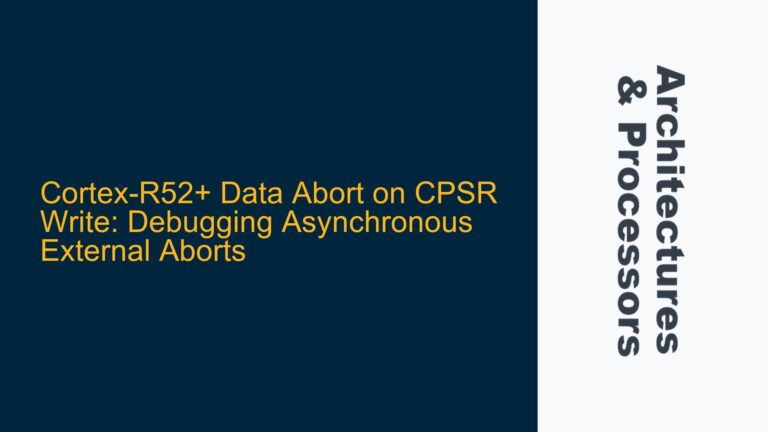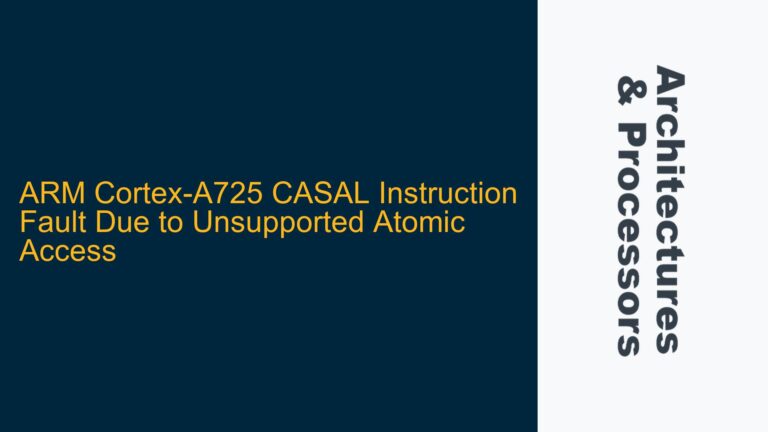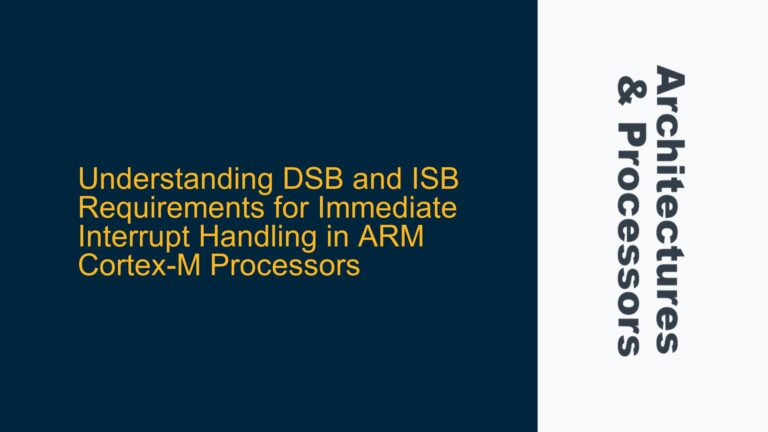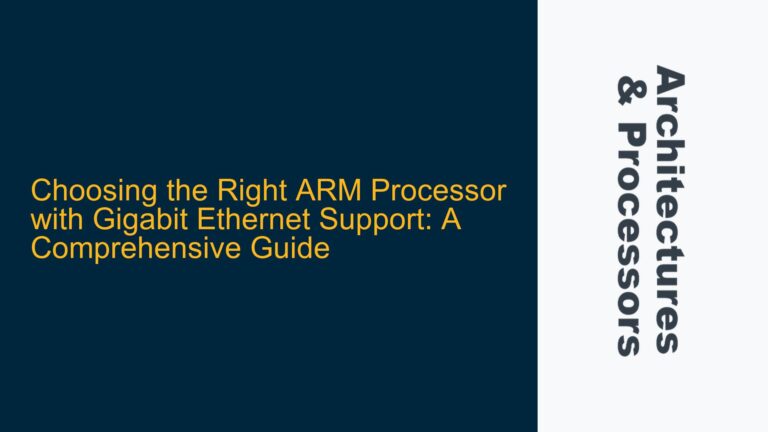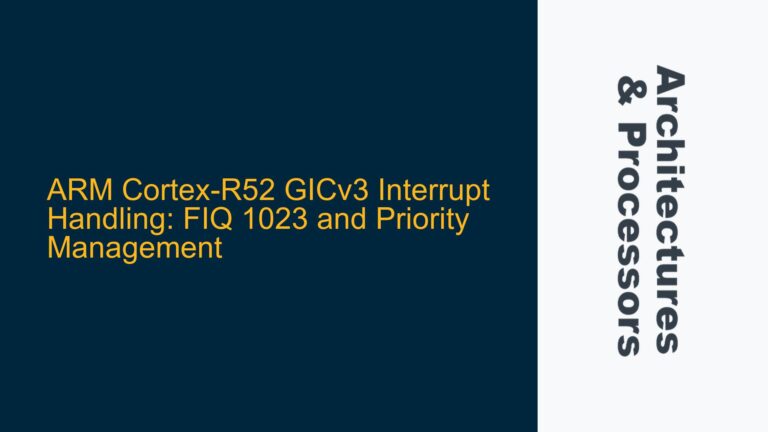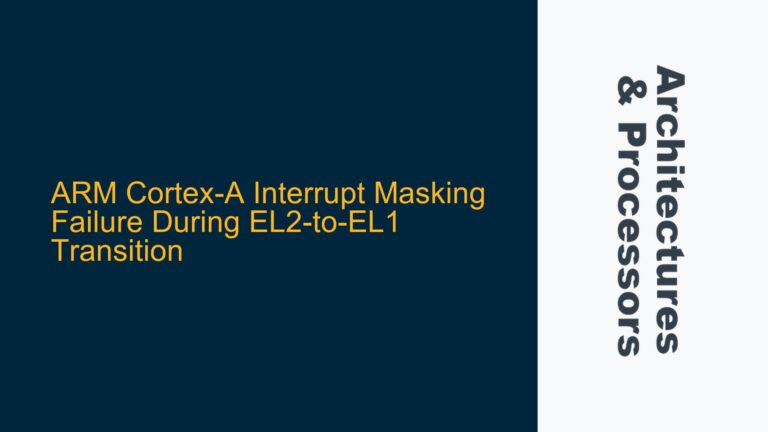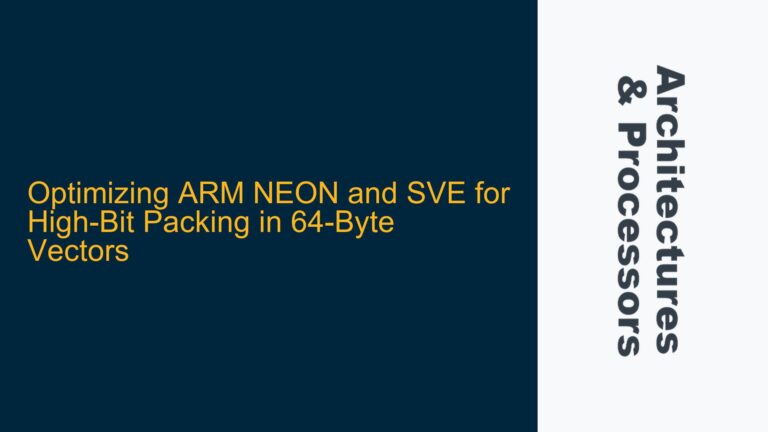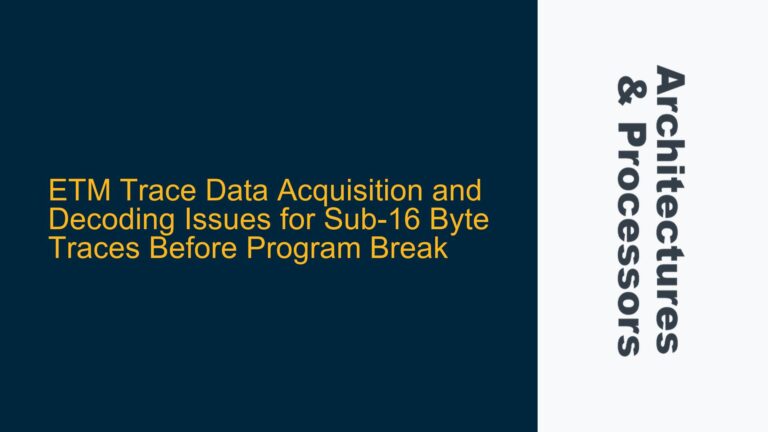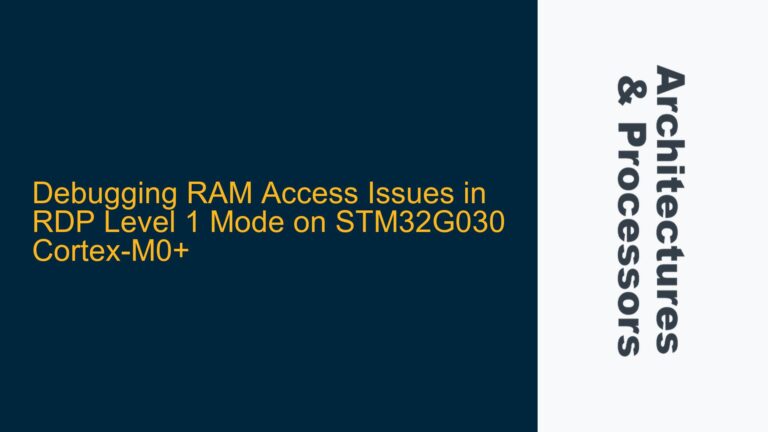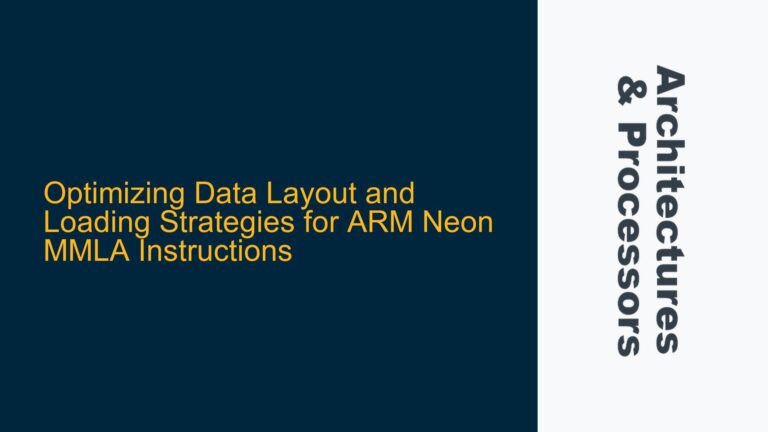Cortex-R52+ Data Abort on CPSR Write: Debugging Asynchronous External Aborts
ARM Cortex-R52+ Data Abort Triggered by CPSR Write Operation The Cortex-R52+ processor is a high-performance, real-time capable core designed for safety-critical applications. It is common to encounter complex hardware-software interaction issues when working with such architectures, especially when dealing with low-level register manipulations. One such issue arises when executing the MSR CPSR_cx, #0x1F instruction, which…
